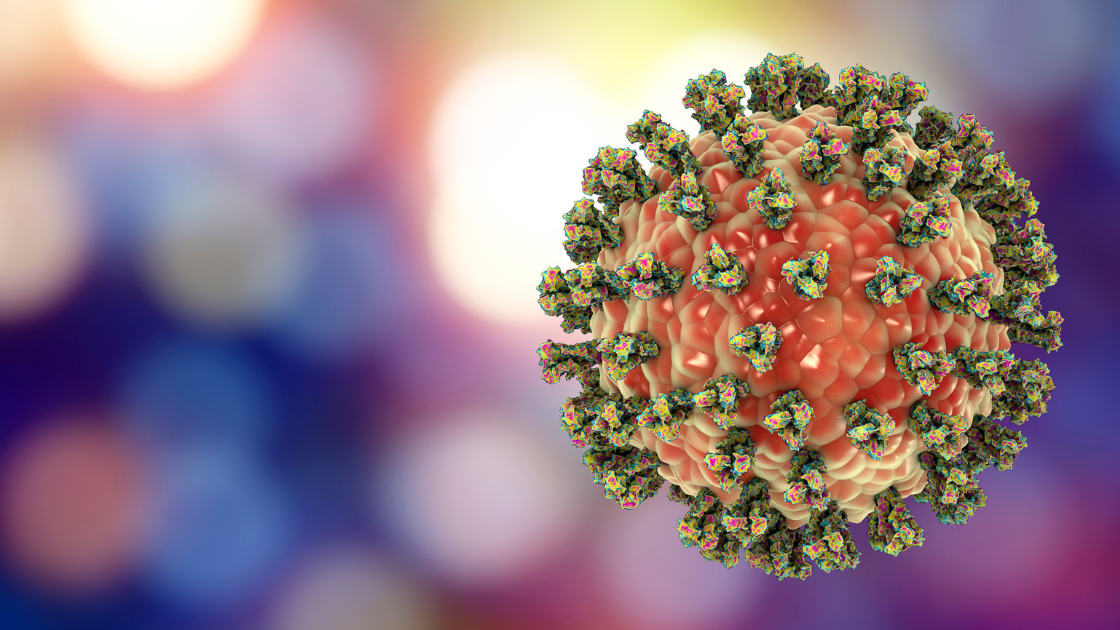Major mycotoxins affecting the food chain.
Presented by Immanence Health
Written by Dr. Irina Strelyuk
Mycotoxins are toxic chemicals that are naturally produced by certain types of fungi including molds. These molecules suppress the immune system, negatively affect the nervous system, create DNA damage and may lead to a long list of symptoms including cancer. Exposure to mycotoxins can happen through our lungs, skin, and digestive system.
Inhalation of mold spores and mycotoxins (think water-damaged buildings) is the primary source of exposure for the majority of people affected by mold illness. However, chronic exposure through contaminated food can add to the toxic burden over time and prevent some people from fully healing.
It is a well-documented issue that animals consuming foods contaminated with mold end up being very sick. The intention for this post is to bring more awareness on this subject in how it relates to human health, by exploring some of the mycotoxins affecting the food supply, foods high in mycotoxins and strategies on how to minimize exposure.
Aspergillus, Penicillium, and Fusarium are the three most common mold species found to affect food. All three produce mycotoxins. Aspergillus and Penicillium often affect food during drying and storage. Fusarium species frequently infect the growing plants before or immediately after harvest.
Here is a list of some of the major mycotoxins affecting the food chain:
Aflatoxins: produced by Aspergillus mold species and can be found in contaminated beans, corn, rice, tree nuts, wheat, milk, eggs, and meat (due to animals consuming contaminated feed). Peanuts are one of the most well known sources of aflatoxins. Symptoms from exposure to aflatoxins can include gastrointestinal dysfunction, liver damage, mental impairment, hemorrhage and cancer.
Fumonisin: Fusarium mold species produce fumonisin, which is often found in coffee beans and grains including corn and wheat. Exposure can lead to general malaise, abdominal distress, diarrhea and vomiting.
Ochratoxin A (OTA): made by Aspergillus and Penicillium. It is toxic to the kidneys and immune system and contributes to cancer. Cereals, grape juice, dairy, spices, wine, dried vine fruit and coffee are often found to be contaminated with ochratoxin A.
Trichothecenes: this is the largest group of mycotoxins produced by several different molds including Fusarium and Stachybotrys (“black mold”). Common food sources include corn, wheat, barley, oats, rice, rye and safflower seeds. Trichothecenes cause damage to the gastrointestinal and nervous systems.
Zearalenone (ZEA): a known hormone disruptor produced by Fusarium species. Mainly affects the reproductive system.
Foods most commonly known to be high in mycotoxins include:
- Grains (including corn, wheat, barley and rye)
- Alcoholic beverages
- Nuts (including peanuts, pistachios and Brazil nuts)
- Sugar (sugar cane and sugar beets)
- Hard cheeses
- Coffee beans
- Chocolate
- Dried fruit
Unfortunately, both non-organic and organic food products are equally susceptible to contamination with mycotoxins. The good news is that there are ways to help minimize exposure. Here are some tips:
- Purchase from food companies that value and prioritize quality.
- Eat a diverse diet, rotating the types of foods you eat.
- Buy freshest food possible. Ideally local and organic.
- Avoid keeping foods for extended periods of time before using.
- Store food properly. Avoid storing in warm, moist environments.
- Keep your detox pathways open to prevent accumulation of mycotoxins in the body.
- Pay attention to how your body feels when you eat certain foods. This is a learned skill and may be challenging initially if someone is already sick. This will help you know which foods may be an issue for you.
To sum up, water-damaged buildings are the primary reason for mold illness and avoidance is a must. Food becomes more of a problem when the body is already compromised, especially for the 25% of the population that is genetically susceptible to mold illness. If you are struggling with mold illness, a low-mold diet may be helpful. Each person is different and any dietary restrictions should be individual, practical and sustainable. As mentioned above, it’s impossible to avoid all foods contaminated with mycotoxins; the goal is to look at the whole picture and work on things systemically to get the body to a place where it can handle some exposure here and there and still be able to thrive. Reach out to your doctor or practitioner if you need more support around this subject. Be well!
Dr. Strelyuk specializes in
Complex Chronic Illness, Mold and Mycotoxin Illness, Vector-Borne Illness, Immune Dysfunction, and Health Optimization.
A typical patient for Dr. Strelyuk is someone who has already seen several doctors and specialists. A person with relatively normal lab results that do not match the long list of symptoms they are experiencing, as well as individuals who tend to be more sensitive to various treatments including herbs, supplements, and homeopathic remedies.
In addition to working with people with chronic illnesses, Dr. Strelyuk enjoys supporting individuals who are interested in preventative medicine and in optimizing their health before symptoms appear.
To learn more about working with Dr. Irina Strelyuk in person or virtually (US and Worldwide), set up a free discovery call with our team.
Resources:
https://www.greatplainslaboratory.com/gplmycotox
https://www.greatplainslaboratory.com/gpl-blog-source/2021/07/mycotoxinsinfood
https://realtimelab.com/trichothecenes/
https://www.ncbi.nlm.nih.gov/pmc/articles/PMC164220/
Disclaimer: this post is for informational purposes only and is not meant to treat, diagnose, cure, or prevent any disease. Please do your own research and consult with your own personal licensed health care provider before making any treatment decisions.
Share Article

Dr. Christine Schaffner
Founder / Physician
Dr. Schaffner is a board-certified Naturopathic Doctor and recognized thought leader. After graduating from Bastyr University in Seattle, Washington, Dr. Schaffner completed her undergraduate studies in Pre-medicine and Psychology at the University of Virginia in Charlottesville.
With her diverse skill set, Dr. Schaffner seeks to improve access, outcomes, and speed of recovery for patients struggling with chronic illness, from all around the world and combines both naturopathic and conventional therapies to develop individualized treatment plans that focus on addressing the underlying cause of complex chronic illness.
Dr. Schaffner is passionate about educating patients, as well as other practitioners, bringing the most advanced medical protocols to all, as well as creating spaces for healing and rejuvenation. Her style of practice is strongly rooted in traditional naturopathic principles, including removing toxins and establishing a strong health foundation in order to achieve optimal health.
You can learn more about Dr. Schaffner at www.drchristineschaffner.com.
Additional Articles


